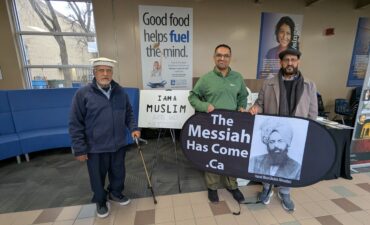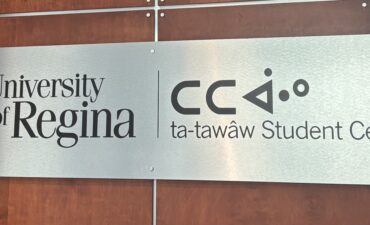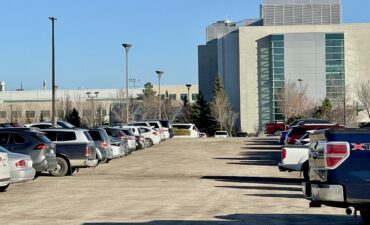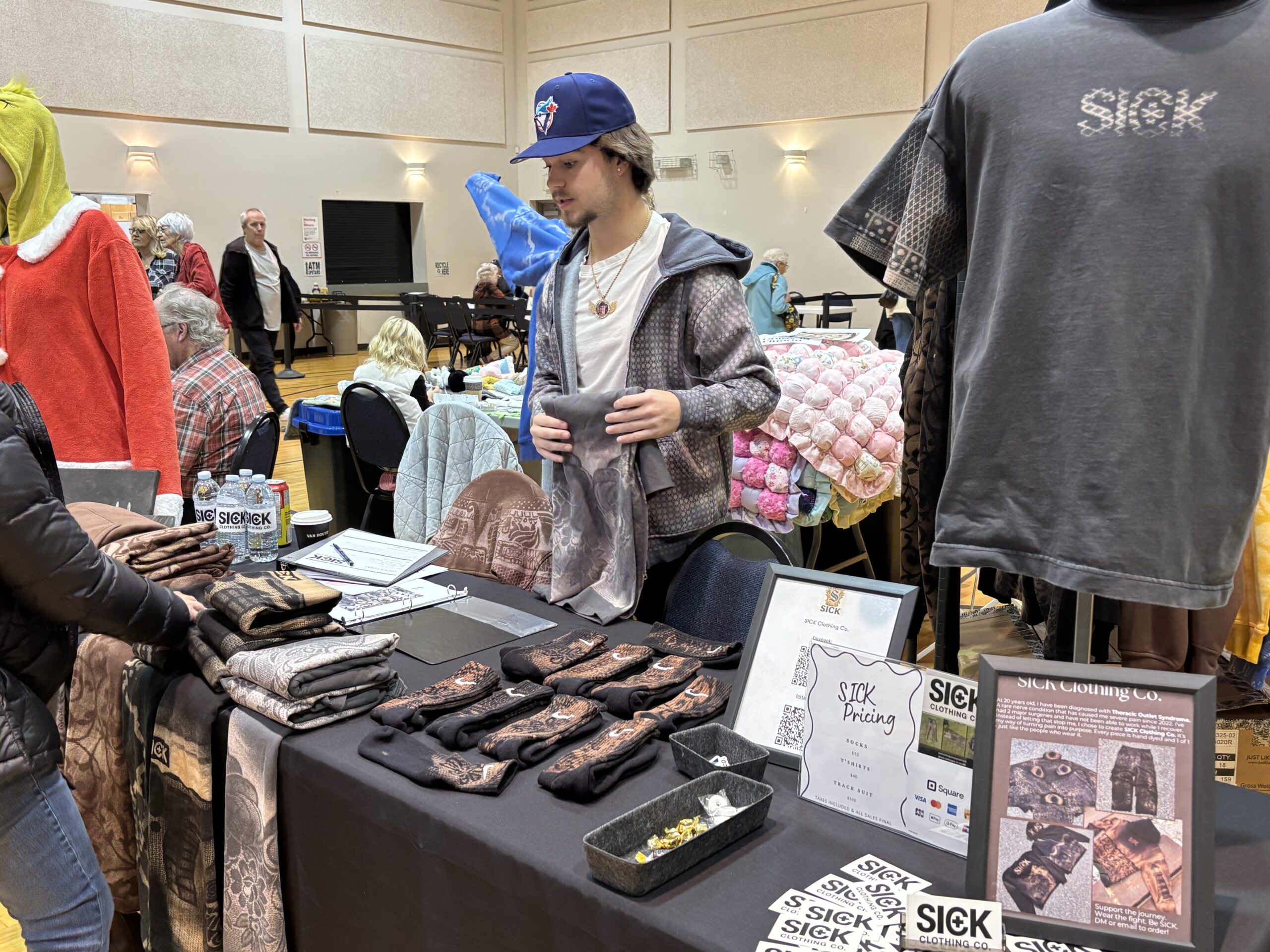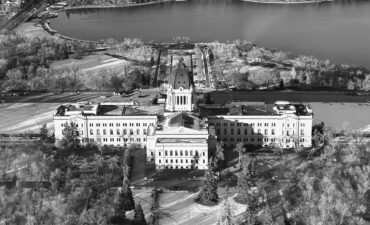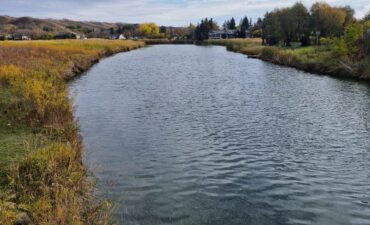When Rick Taylor cleared brush at Craven’s Forest Lawn Cemetery, he stumbled across a few rotted sticks and scattered stone remnants of grave markers long lost to time.
“I know from years and years ago there used to be graves in here, and now nothing is showing,” said Taylor, a Craven village councillor. “So, in other words, it’s an unmarked grave.”
Established in 1882, Forest Lawn Cemetery is one of southern Saskatchewan’s oldest burial grounds, even older than the Regina Cemetery, built one year later. Many early graves were marked with simple wooden crosses, eventually rotting or succumbing to floods and Prairie weather. A fire in the 1960s also destroyed the village’s Town Hall and much of the historical records.

Concerned about the possibility of unknowingly disturbing forgotten graves, Taylor led an effort to discover how many were hidden beneath the surface. He brought Atlheritage Services, a Saskatoon-based firm that uses ground-penetrating radar and drone mapping, to locate and document burial sites.
“Unmarked graves are common in all Prairie rural cemeteries,” said Mike Markowski of Atlheritage Services. “Families move away, records disappear and the markers rot or fall over.”
The process is detailed and precise. First the team drones over the cemetery to collect aerial imagery. Then they use a high-accuracy GPS receiver to log the coordinates of every visible grave marker. After that, ground-penetrating radar, which Markowski described as resembling a high-tech lawn mower, is systematically pushed across the cemetery to scan the subsurface.

“We’re looking for anomalies beneath the surface,” Markowski said. “We can’t confirm it’s a grave without excavation, but the data tells us where something is that fits the burial characteristics.”
Once processed, the data is compiled into a digital map showing marked and unmarked graves.
On June 13, 2022, the scan revealed something startling: 45 unmarked graves.
Using Atlheritage’s updated map, Taylor commissioned 45 stainless steel plates, each etched with the words “RIP UNKNOWN” and installed them over the newly discovered burial sites.

“These plates are there for good,” Taylor said. “They mark the exact spots where someone is buried, even if we don’t know who they are.”
Since then, Taylor has taken on cemetery upkeep as a personal mission, fixing leaning headstones, installing benches, painting fences and even warding off ATV damage with new barriers. The village still sells plots and families continue to bury loved ones there today.
“It’s peaceful up there,” he said. “I’ve got great respect for that cemetery.”
During one of his restoration trips, Taylor had a moment he’ll never forget.
“I heard a little girl laughing before me,” Taylor said. “She skipped off, and I realized she went straight toward a grave I had just cleaned.”
“It didn’t scare me,” he added. “I thought it was the coolest thing in the world.”
The ground-penetrating radar survey cost the village about $5,000, but Taylor said it was well spent.
“It was worth every penny.”



